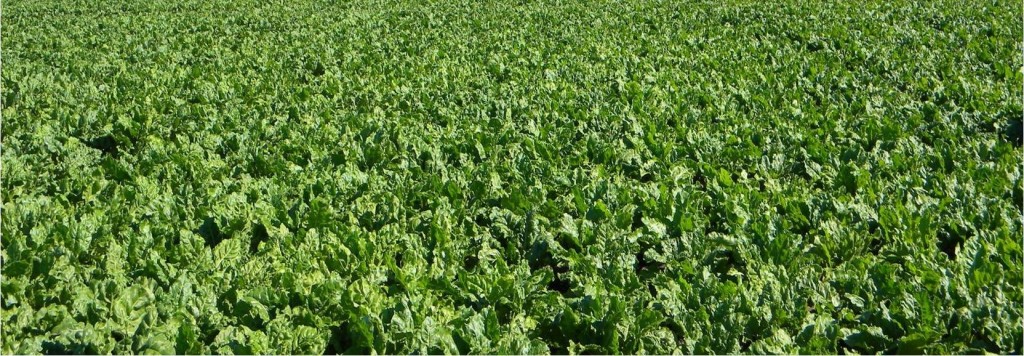
Sugar beet is one of the most important crops of grass crop rotation – the source of raw material for sugar production, thanks to the basic biological features of sugar beet plants as sugarcarrier, with the function of sugar deposits in reserve.
In the process of photosynthesis, sugar beets plants consume substantial quantities of beet carbon dioxide. Air is a major source of carbon dioxide. The amount of CO2 entering from the soil through the root system of sugar beets, is only about 5% of the total amount that is absorbed by plants during photosynthesis. Sugar beet root crop yield at 30 t / ha during the growing season during photosynthesis absorbs up to 4.2 tons of carbon, which corresponds to 20 tonnes of carbon dioxide.
The negative impact on the condition of photosynthetic limbs of plants of sugar beets has a drought, leading to depression of photosynthesis. If the soil drought is repeated throughout the growing season several times and being quite long sometimes, then eventually the productivity of sugar beet become reduced, that’s why perennial legumes like predecessors of sugar beet becomes an important source of increasing organic substance in the soil by root remnants, enriching the soil biological nitrogen, improving the physico-chemical and biological properties of the soil, its fertility.
During the growing season sugar beet plants create a powerful leaves apparatus, total leaf area per plant reaches its maximum size is usually in July and its average is about 3-6 thousands square sm that protects the soil from overheating and
counteracts climate changes in the direction of global warming.